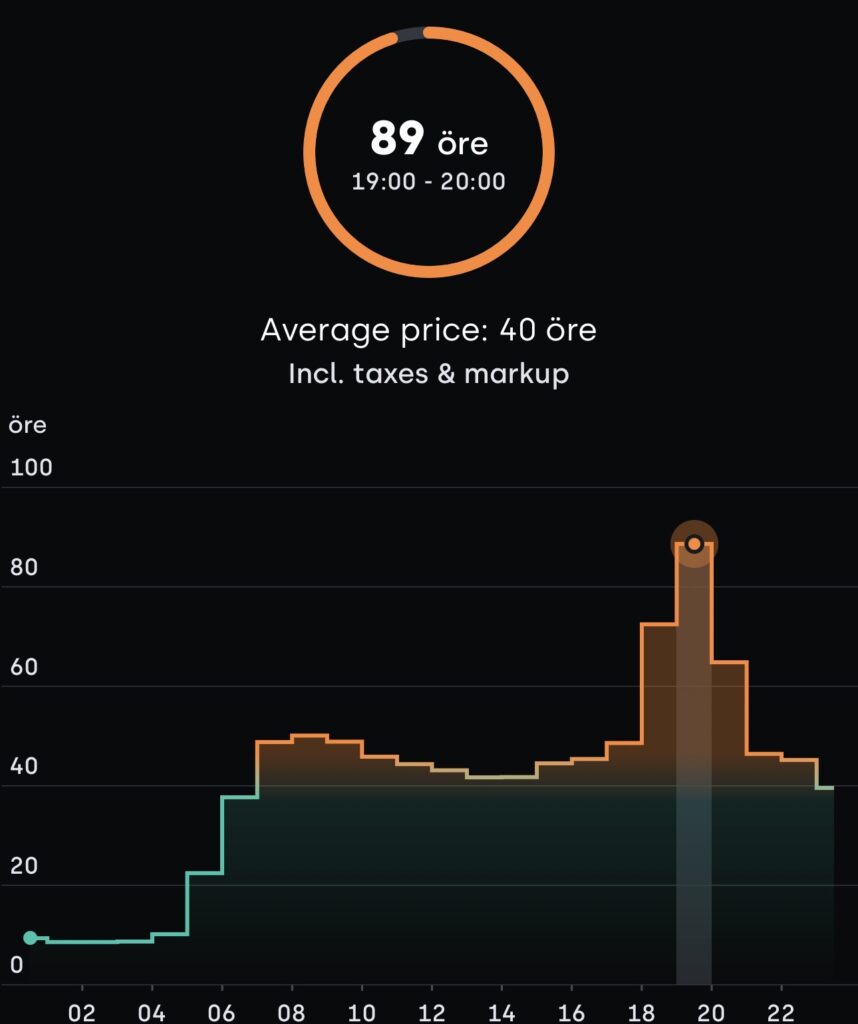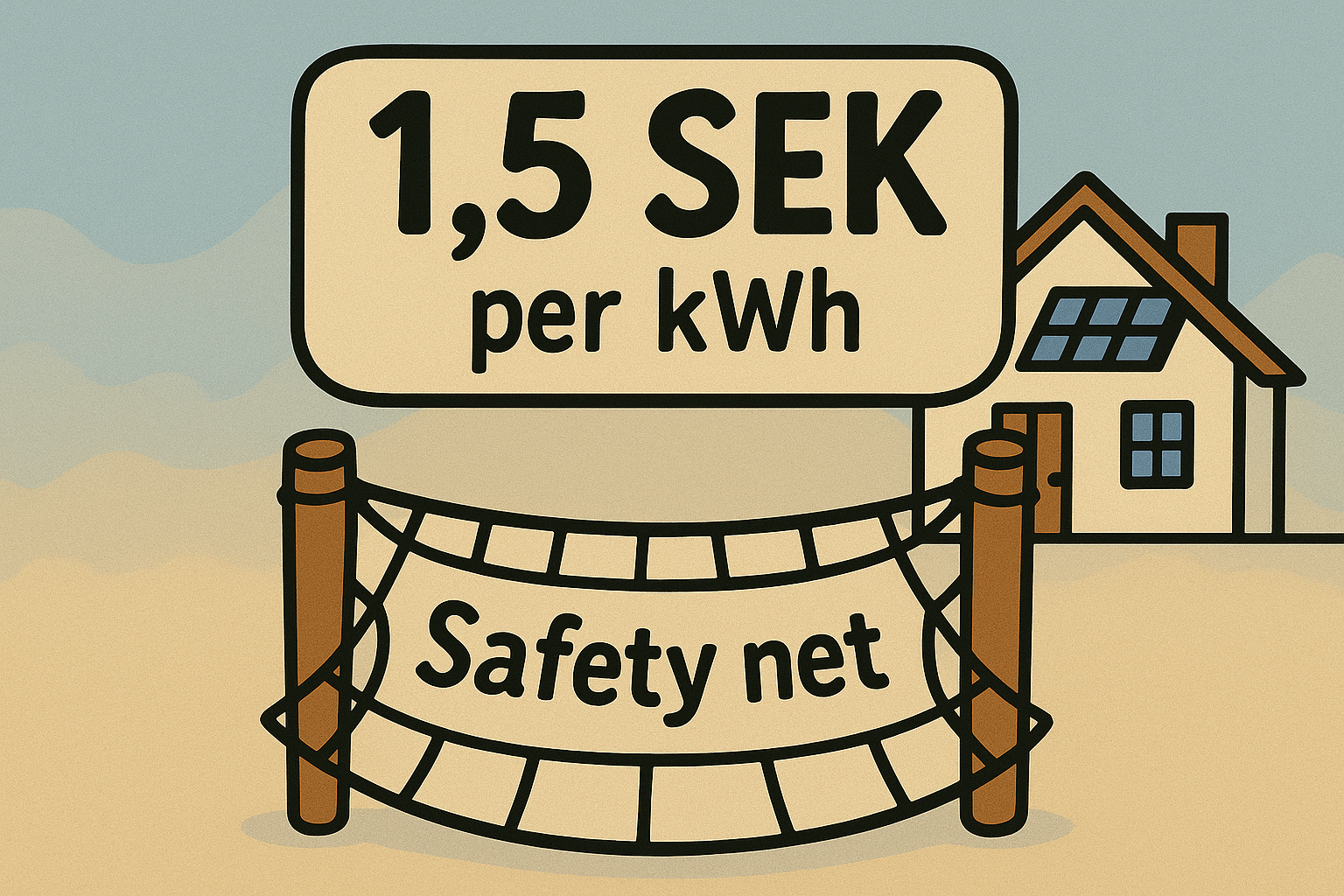Starting in 2026, the government will introduce a new high-cost protection for electricity. The idea is that households should not have to pay more than an average of 1.50 SEK per kilowatt-hour during a month. If the spot price rises above that level, the support kicks in and part of the cost is compensated.
At the same time, the electricity tax will be reduced by almost 10 öre per kWh at the turn of the year 2026, providing households with direct relief on their electricity bills. We talked about it here.
Why is the high-cost protection being introduced
The memory of the 2022 energy crisis still lingers. Back then, electricity prices in southern and central Sweden surged to levels above 2 SEK/kWh on average during certain months. Many households saw their bills multiply, and politicians were criticized for reacting too late.

With the new high-cost protection, the government wants to show that it does not intend to leave households on their own if something similar were to happen again.
The paradox: the high-cost protection threshold hasn’t been crossed
The interesting part is that the 1.50 SEK/kWh threshold hasn’t been exceeded in recent years:
- In 2023 and 2024, monthly average prices in the SE3 electricity area were between roughly 0.20 and 0.70 SEK/kWh.
- For 2025, February peaked at about 0.77 SEK/kWh – only half of the threshold.
In other words: the protection hasn’t been needed since 2022.
| Month | excl. VAT (SEK/kWh) | incl. 25% VAT (SEK/kWh) |
|---|---|---|
| Sep 2024 | 0.1643 | 0.2054 |
| Oct 2024 | 0.2300 | 0.2875 |
| Nov 2024 | 0.6695 | 0.8369 |
| Dec 2024 | 0.5825 | 0.7281 |
| Jan 2025 | 0.6344 | 0.7930 |
| Feb 2025 | 0.7705 | 0.9631 |
| Mar 2025 | 0.5077 | 0.6346 |
| Apr 2025 | 0.3762 | 0.4703 |
| May 2025 | 0.4294 | 0.5368 |
| Jun 2025 | 0.2279 | 0.2849 |
| Jul 2025 | 0.3701 | 0.4626 |
| Aug 2025 | 0.4856 | 0.6070 |
Why then set aside one billion SEK?
The government has reserved 1 billion SEK in the budget to finance the support. The amount is not a forecast of actual costs, but rather a safety buffer. If prices were to surge again, the money is ready to be used. If not, the support remains more of an insurance than an actual payout.
Conclusion
The high-cost protection from 2026 is above all a psychological reassurance. The chance that it will ever be activated is small, but knowing it exists can help alleviate fears of new price shocks. At the same time, it can be seen as political actionism rather than a truly necessary measure.
The question is whether this is enough as a long-term solution, or whether we instead need more investment in production, the grid, and infrastructure.lagring för att på riktigt stabilisera elpriserna.financial relief, but it does not change the long-term fundamentals of solar energy. Investing in solar and storage remains more about self-sufficiency, security, and sustainability than about chasing every öre in electricity tax.

No responses yet